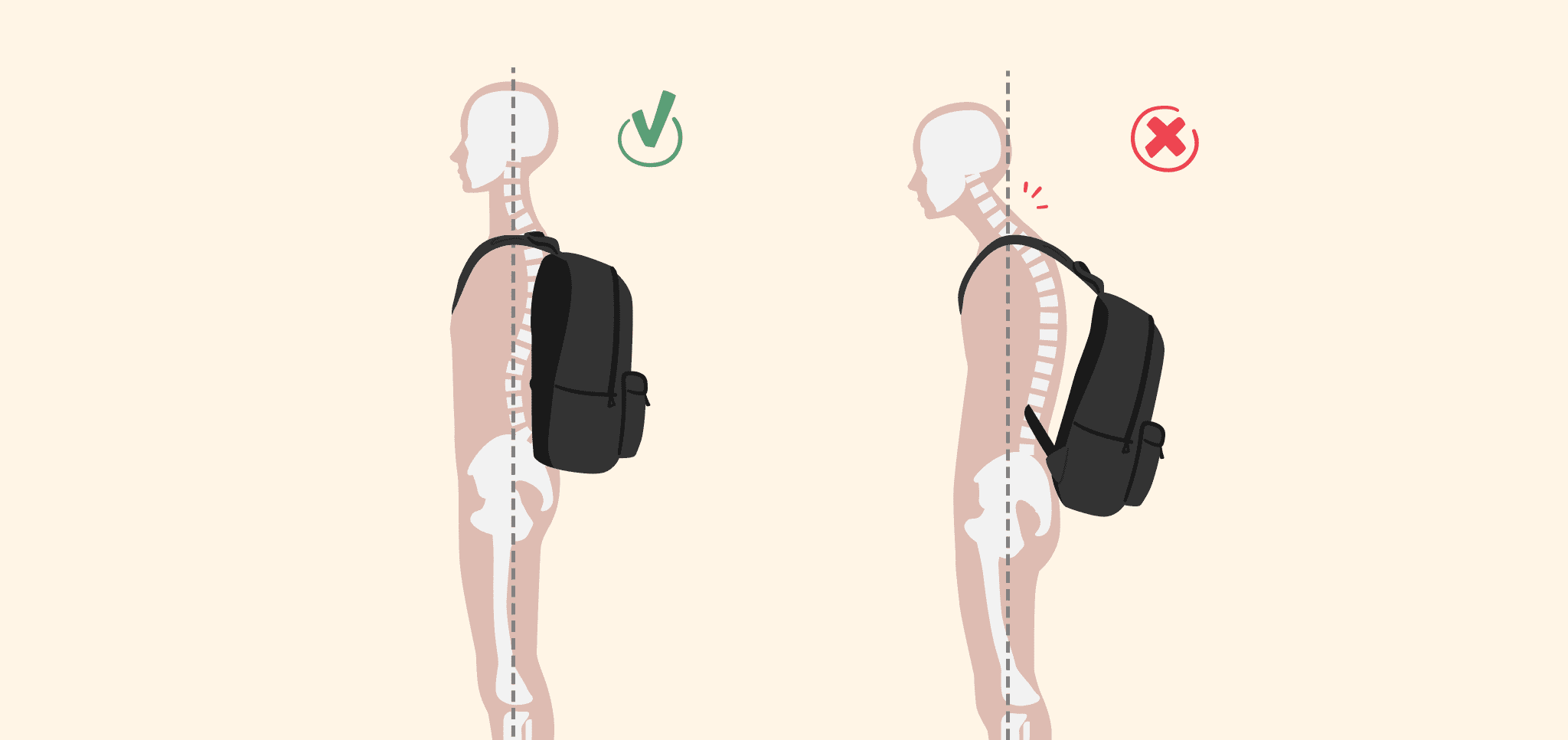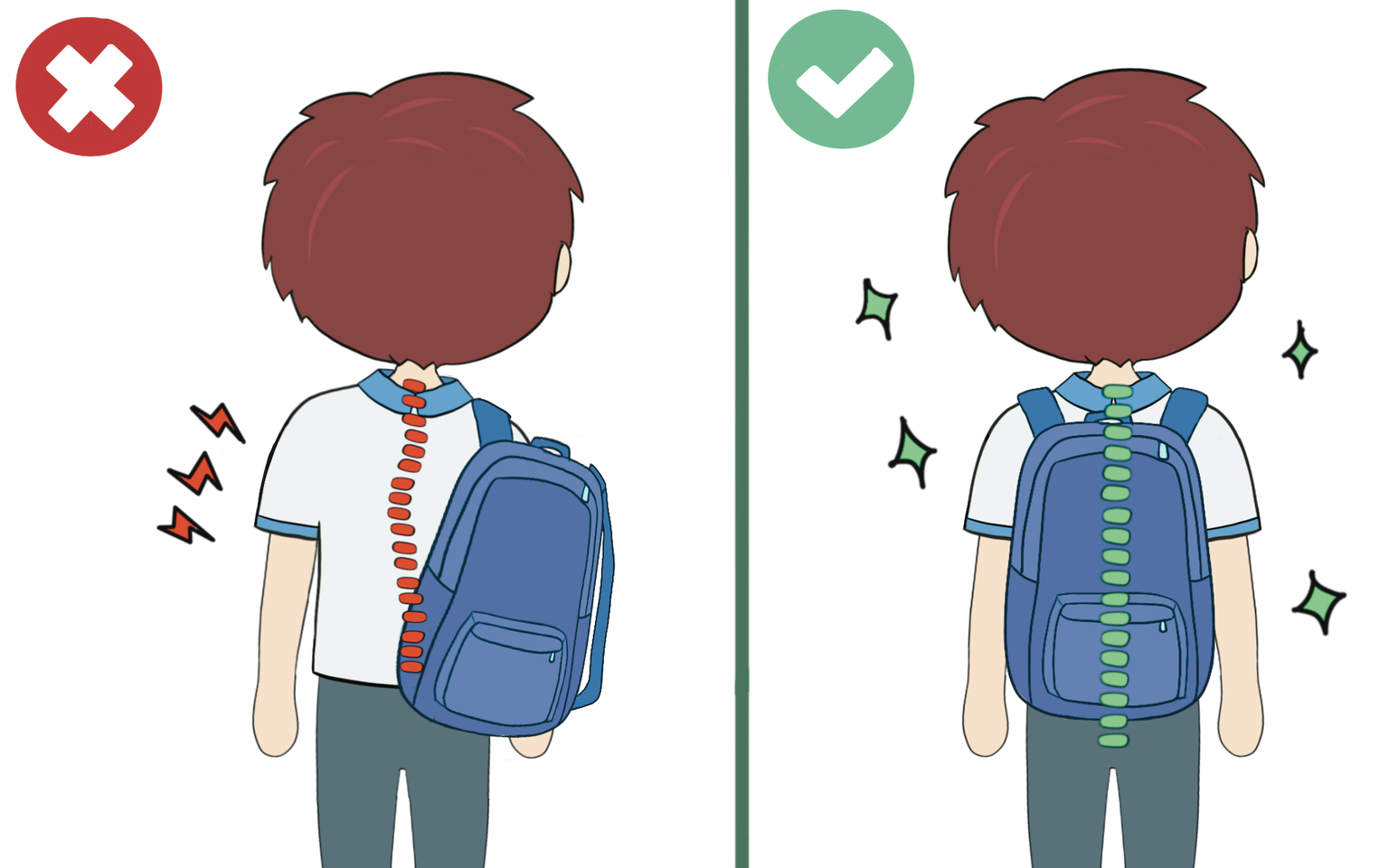Backpack Awareness: Pack it Light, Wear it Right
Backpacks are an integral component of any child's regular school day, typically chosen based on a mixture of style and a parent’s consideration for fit, durability, and comfort. If you’ve ever worn a heavy backpack all day, you know as well as I do that it can be a real pain in the neck. The U.S. Consumer Product Safety Commission reported from 2019 to 2021, an estimated annual average of 1,200 backpack-related injuries, affecting children under 19 years old, were treated in emergency rooms showing a growing problem amongst young children. In 1998, the American Occupational Therapy Association (AOTA) partnered with L.L. Bean to initiate Backpack Awareness Day with the aim of educating students, parents, teachers, and administrators about the health and safety risks from wearing a backpack improperly or one that is too heavy.
Backpack safety is an important issue affecting children of all ages. Research shows that children carrying overloaded or improperly worn backpacks are likely to experience neck, shoulder, and back pain; adverse effects on posture in the developing spine; and compromised breathing and fatigue which can continue into adulthood. Consider these backpack safety tips when selecting and organizing your child’s backpack.
Proper fit: an appropriately sized backpack should fit snuggly against your child’s back, the top should be at or just above shoulder level, not wider than your child’s torso, and should never hang more than 4 inches below the waist
Consider bags with reflective material if your child walks to or from school
Limit weight: a backpack should weigh no more than 10% of the child’s body weight
Adjusting straps: always use both shoulder straps to distribute weight evenly across the shoulders and back, straps should fit snug to maintain postural alignment
Ergonomic features: look for backpacks with padded straps or additional straps, like a waist or chest belt, to distribute weight evenly and reduce strain
Consider using alternative wheeled bags as needed
Pack it smart: clean out unnecessary items to reduce carrying excess weight; use multiple compartments to keep items from shifting and allow for even weight distribution; store sharp items like scissors in a secure pouch; and position heavy items closest to your child’s back and lighter items in front
Buying large backpacks with multiple pockets may seem like a good idea, but when there is space to fill, children will often find ways to fill it – help educate on what is essential to carry to prevent overload
Proper lifting: ensure your child is lifting heavy items using their legs, bending at the knees, to minimize strain on their back
Backpack Awareness Day has grown to become an important public health initiative for occupational therapy practitioners and educators across the country. I recommend assessing your child’s backpack for proper fit and adjusting the straps as needed to prevent any possible injuries. The next time you are packing a purse, briefcase, or luggage, consider these recommendations to pack it light, wear it right.
If your child has pain from improper backpack fit or anything else, set up an Occupational Therapy or Physical Therapy evaluation with us at Aurora Pediatric Therapy & Integrative Health by calling 331.249.6626 or schedule online at www.aurorapediatric.care


